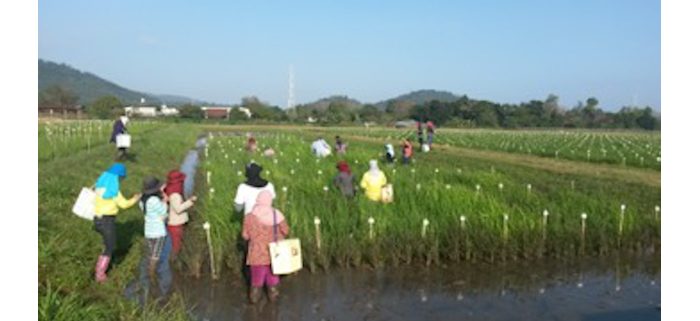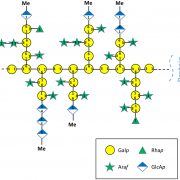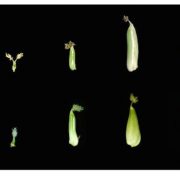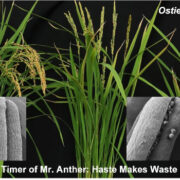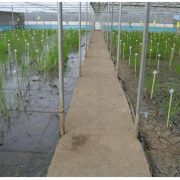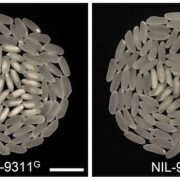How to Thrive under Stress: Stay True to Your Roots
Groen et al. investigate the genes and traits under selection when rice experiences drought.
By Simon C. “Niels” Groen a,b and Amelia Henryc
a Institute of Integrative Genome Biology and Department of Nematology, University of California at Riverside, Riverside, CA, USA;
b Center for Genomics and Systems Biology, Department of Biology, New York University, New York, NY, USA;
c International Rice Research Institute, Los Baños, Laguna, Philippines
Background: Rice (Oryza sativa) was domesticated around 10,000 years ago and has since become a staple for over half the global human population. Over this time, rice has been grown in various agro-ecosystems that differ in their patterns of water availability, one of the most important for smallholder farmers being the rainfed lowland system. How rice has adapted to frequent drought in this system remains poorly understood. While previous field studies discovered that optimization of flowering time and morphological traits helps plants adapt to drought stress, variation in hydraulic components (affecting water movement within the plant) and molecular traits such as gene expression has received less attention, particularly in roots.
Question: We wanted to find out which molecular and physiological traits in roots and shoots allow rice varieties from drought-prone agro-ecosystems to maximize fitness (yield) under drought.

Gene expression and hydraulic traits of the roots are linked to fitness (yield) of field-grown rice across dry (pictured) and wet conditions.
Findings: We set up a two-year field study in which we planted 20+ diverse rice varieties in wet and dry lowland conditions in the Philippines and found that stable genetic variation in molecular and hydraulic traits is correlated with higher rice fitness under drought. In both roots and shoots we discovered modules (groups) of co-expressed genes that are linked with these traits. These expression modules revealed not only that a multitude of genes is involved in adaptation to water limitation among rice varieties that evolved in drought-prone agro-ecosystems, but also that intensifying root interactions with arbuscular mycorrhizal fungi could benefit rice when faced with drought.
Next steps: We will follow up on our findings by functionally characterizing several of the genes that appear to be under selection and linked to rice fitness under drought, with the aim of establishing how expression of these genes in roots and shoots underlies adaptive variation in hydraulic traits. We will also explore how root interactions with other soil organisms such as plant-parasitic nematodes might differ between wet and dry conditions. Ultimately, it might be possible to use the gene modules we identified as guides in breeding programs for resilient rice.
Reference:
Simon C. Groen, Zoé Joly-Lopez, Adrian E. Platts, Mignon Natividad, Zoë Fresquez, William M. Mauck III, Marinell R. Quintana, Carlo Leo U. Cabral, Rolando O. Torres, Rahul Satija, Michael D. Purugganan, and Amelia Henry (2022). Evolutionary systems biology reveals patterns of rice adaptation to drought-prone agro-ecosystems. https://doi.org/10.1093/plcell/koab275


